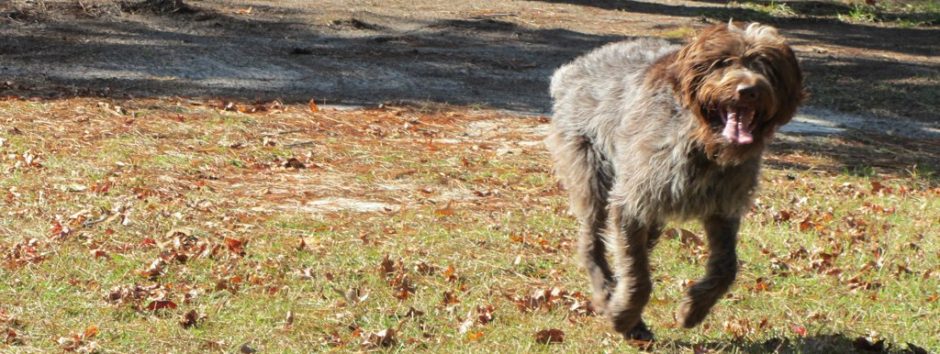History of the land July 15, 2015
Loretta Thomas Sloan, her daughter Kelly Webber, and Kelly’s two sons, Ethan and Eli, visited the club and spoke with Richard ‘Ozzie” Osborn and Charles Tuttle about the history of the club property. Loretta is the daughter of Ted Thomas (from a family of 16 children) and Ruby Clayton Thomas (from a family of 11 children). She lived in the house we presently use. In 2003, Hank Wheeler bought the property from Richard Thomas, Loretta’s brother. Richard lives in Robbins. Loretta lives in Greensboro and Kelly lives near Lexington. The United States gave the first Robert Copeland the property in payment for his service in the Revolutionary War. Both the state and federal governments wanted the western edges of their territories settled. Three Thomas brothers, CB (Charles Bliss), Claude, and Ted, bought 200 acres from Sarah Copeland in 1928. When the Thomases arrived, two log houses from the original Copeland Homestead were still standing; one was a kitchen and the other was the living quarters. Loretta remembers that the main house had no windows, just two doors, one on the south side and one on the north side. The Copelands named the first born male of the next generation Robert and bequeathed the elder Robert’s musket to him. When the current Robert Copeland visited several years ago (with the musket), he said that, without windows, the natives could not shoot into the house. Drowning Creek was the boundary between the natives and the settlers. The stairs to the second floor were steep and narrow. The kitchen was located ten feet directly west of the house. The kitchen collapsed followed by the living quarters. The brick chimney is all that remains of the living quarters. The Thomases sorted and put up cured tobacco in both structures Ted, Ruby, and six month old Loretta moved into a two room house in 1942. Loretta does not know who built the original house. The house had a kitchen (now our storage room) and a room for sleeping and living (the room where we have our meetings) heated by a wood stove. There was no indoor plumbing. In ten years, the family added the two east rooms, the kitchen, the hallway, the bathroom, and the porch. Loretta’s room was in the northeast corner of the house. The ceiling of the living room dropped when Hurricane Hazel came in 1956. Ted build the tobacco barn, a lean-to shed for cars and tools which we replaced with our tractor shed, a feed barn northwest of the lean-to which housed the cows, chickens, and the mule and which we had to dismantle, and a storage shed for canning supplies, canned produce, and smoked hams (we store straw in this building).. Ted farmed full time while Ruby worked occasionally for the “public works.” Ted raised corn, tobacco, cantaloupe, and watermelons commercially. The family had extensive vegetable gardens for its own use to the west and south of the house. They raised hogs in the pen on the other side of the George Worst Field and behind the tobacco barn. After working in the fields in the morning, the Thomas children would go swimming in Drowning Creek, have lunch, take a nap and then work in the afternoon if it were not too hot. Loretta recalls being coated with tobacco juice after suckering plants and going to the watermelon patch to break open a watermelon and scooping out the contents with slimy hands. Loretta felt her father did not make the kids work as hard as other fathers; he was particularly careful about not working the fields when it was very hot. Loretta remembers a Thomas cemetery on the west side of Drowning Creek where the road turns sharply to the right. Loretta left the farm when she was 18 to attend Greensboro College. When he married, Richard lived in a trailer further west along Jackson Springs Road (we removed the trailer frame and an out building). When Ozzie mentioned that club members have never seen a poisonous snake on the property, Loretta said no one in her family had ever seen one either. Loretta said that her aunt, ten miles away in Derby, had all three species (copperhead, rattlesnake, and moccasin).
